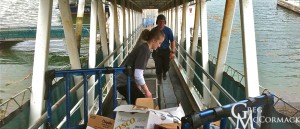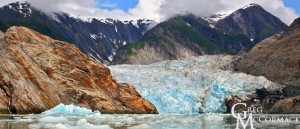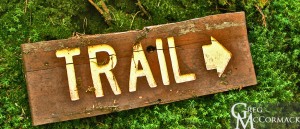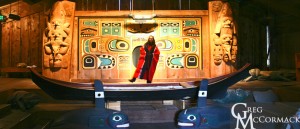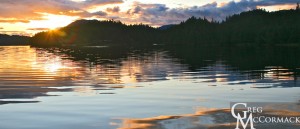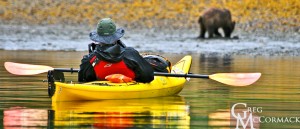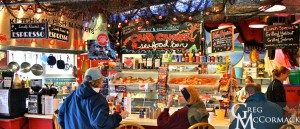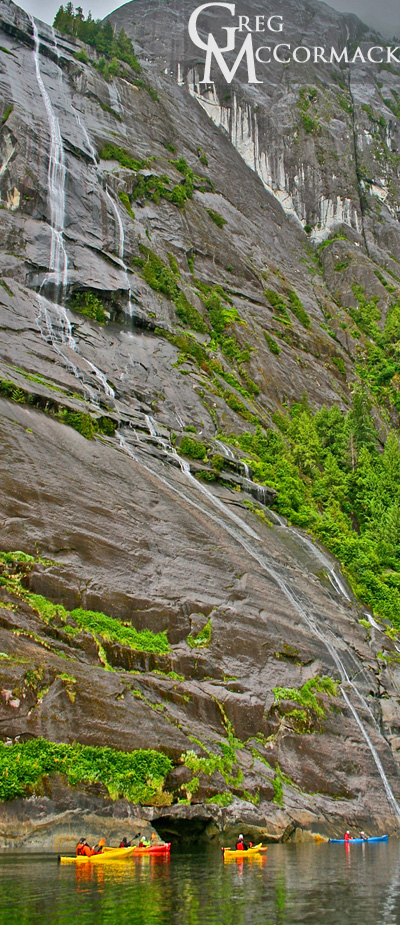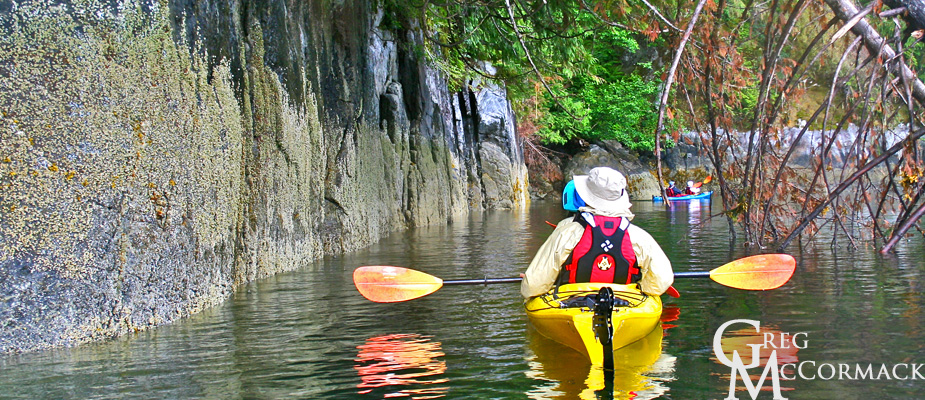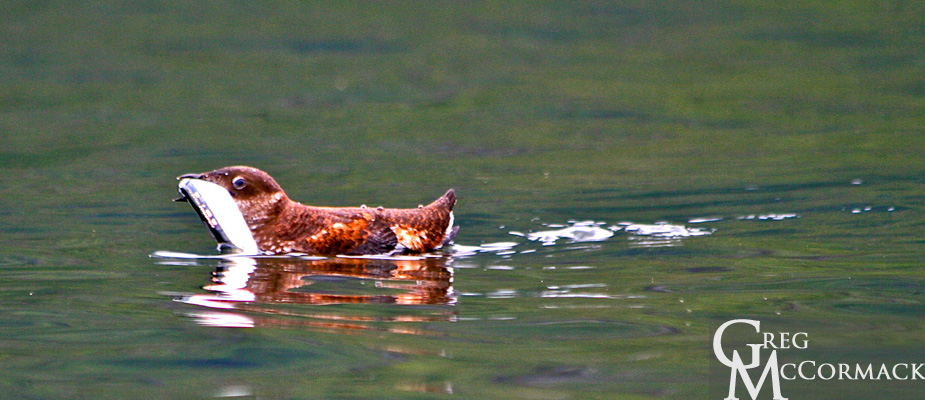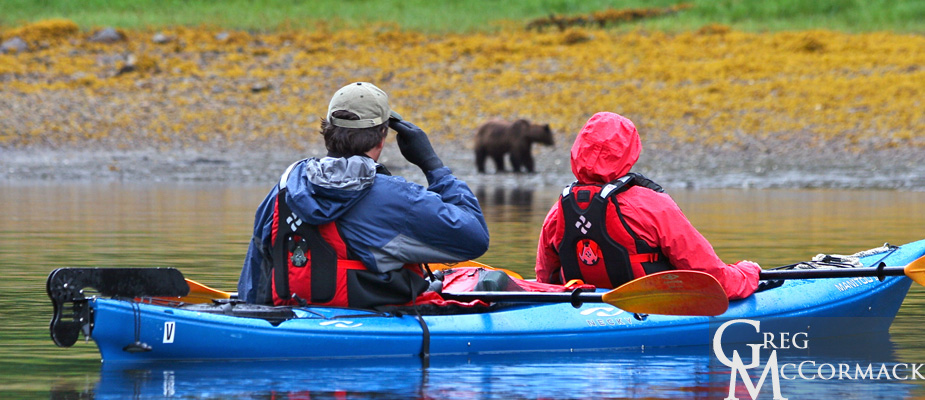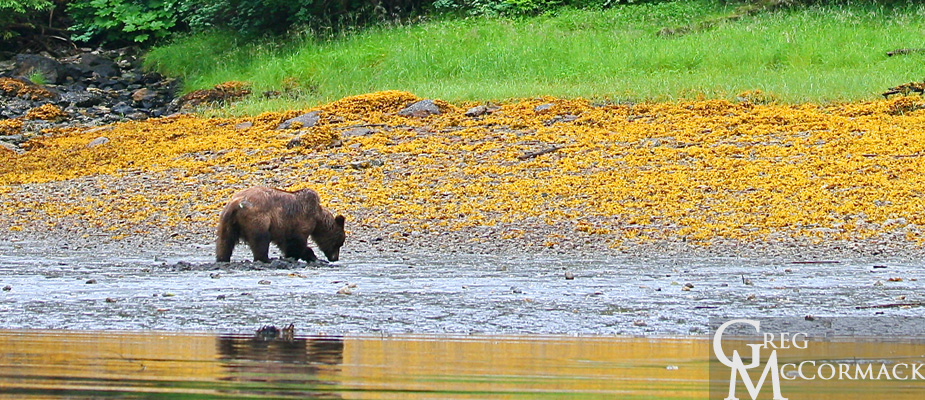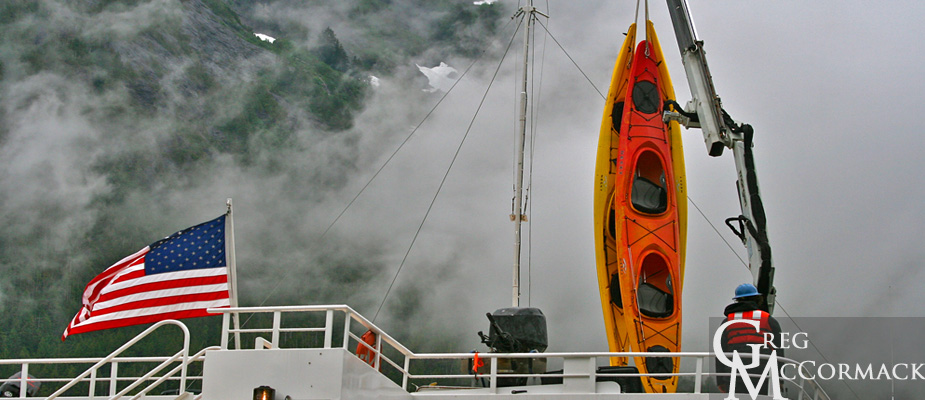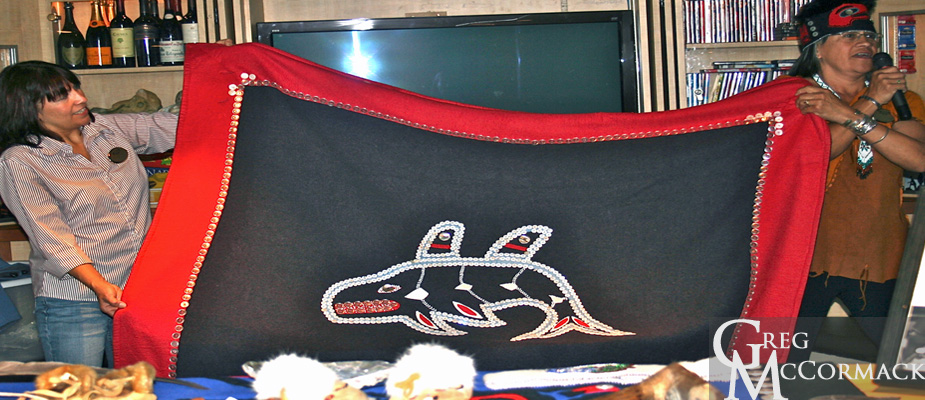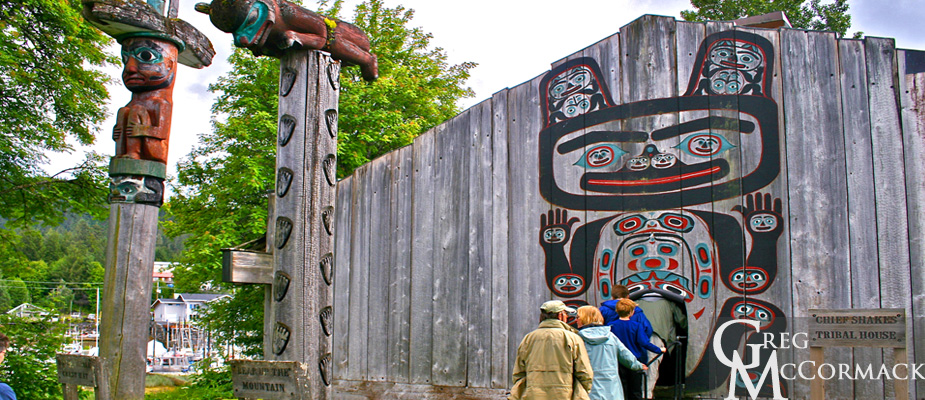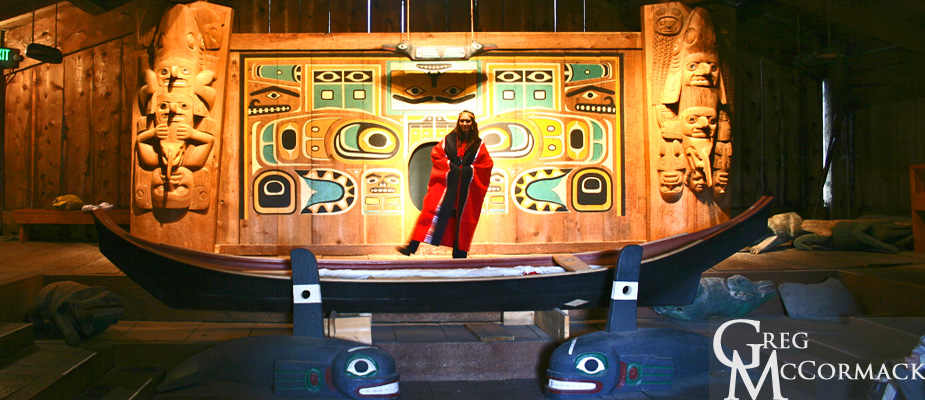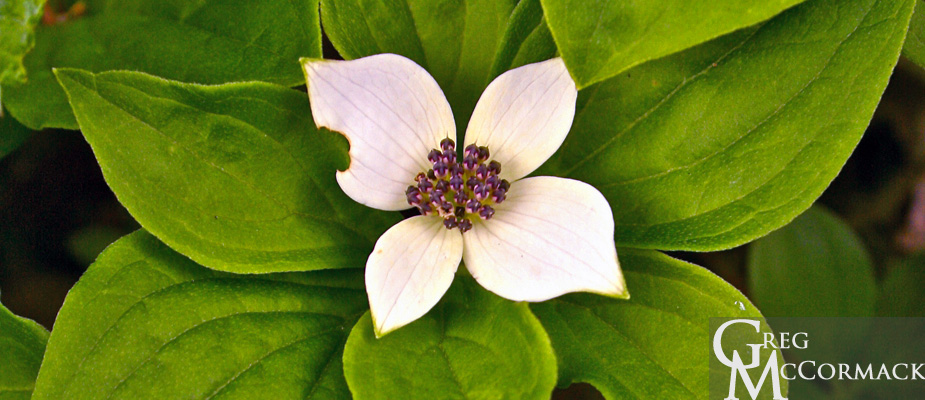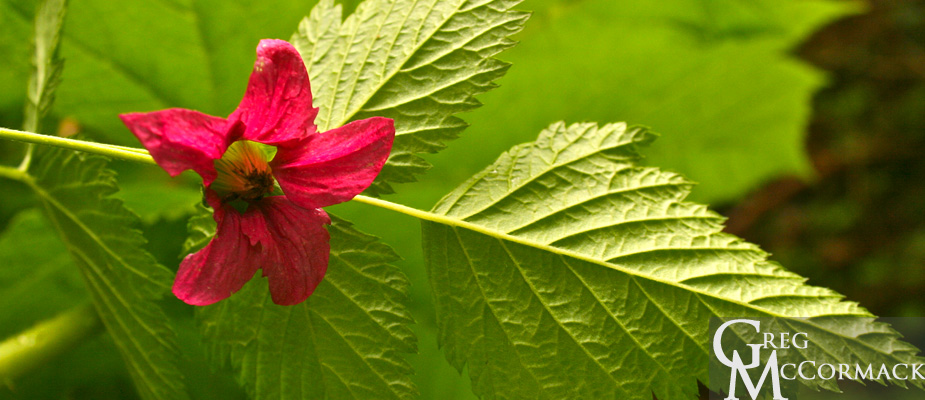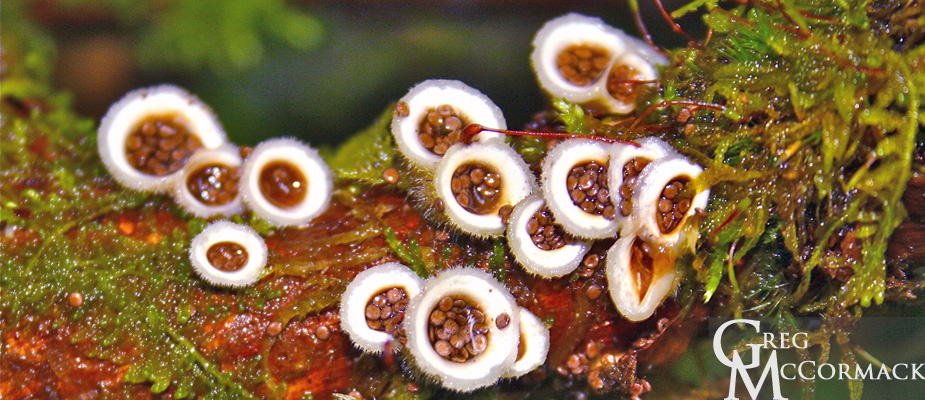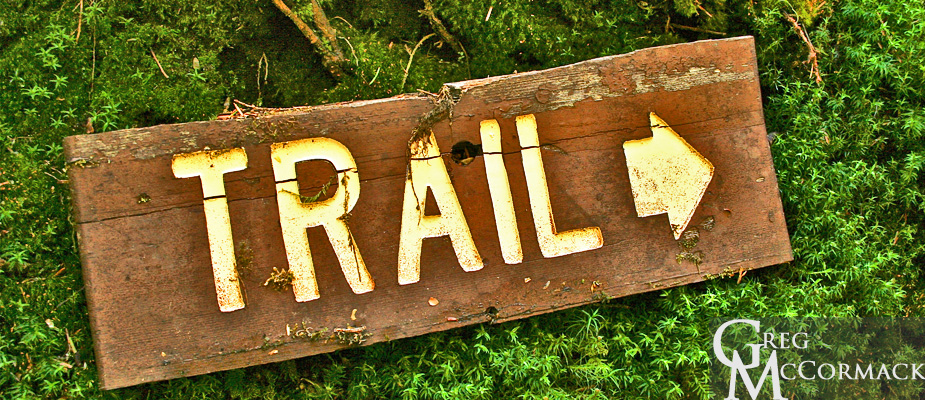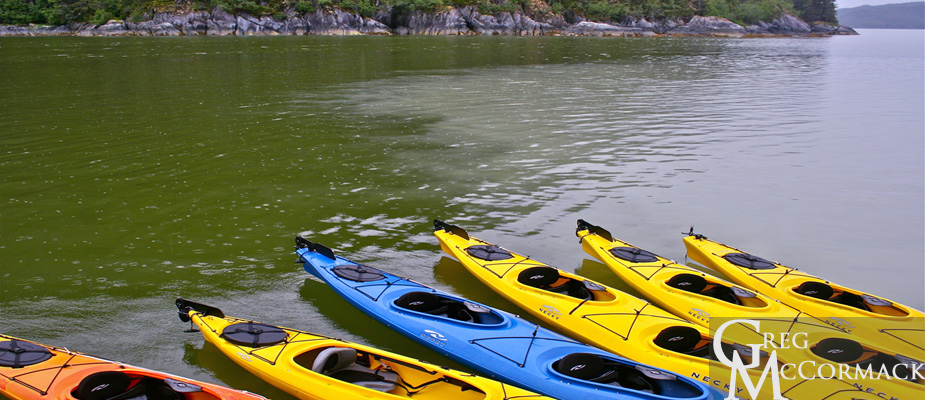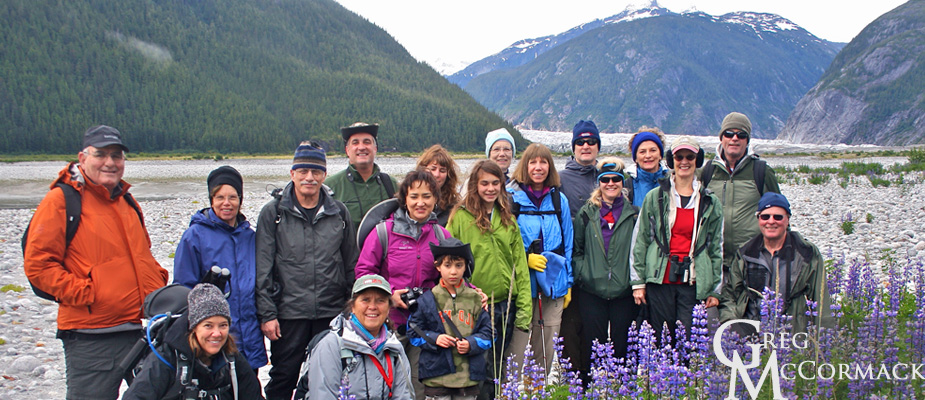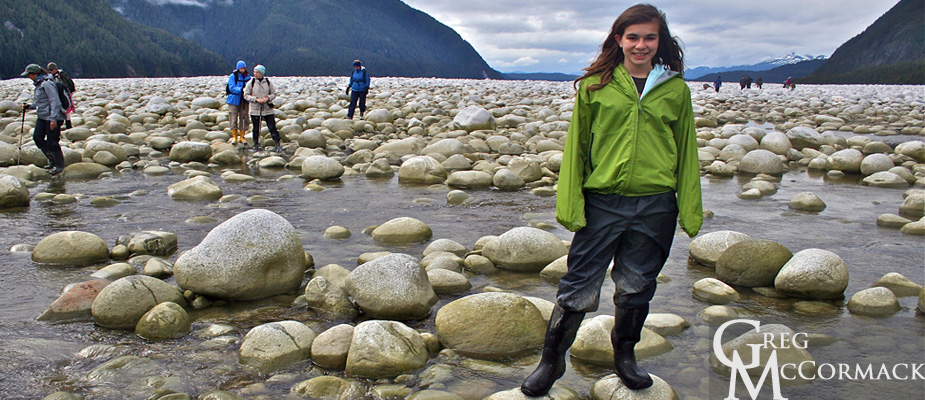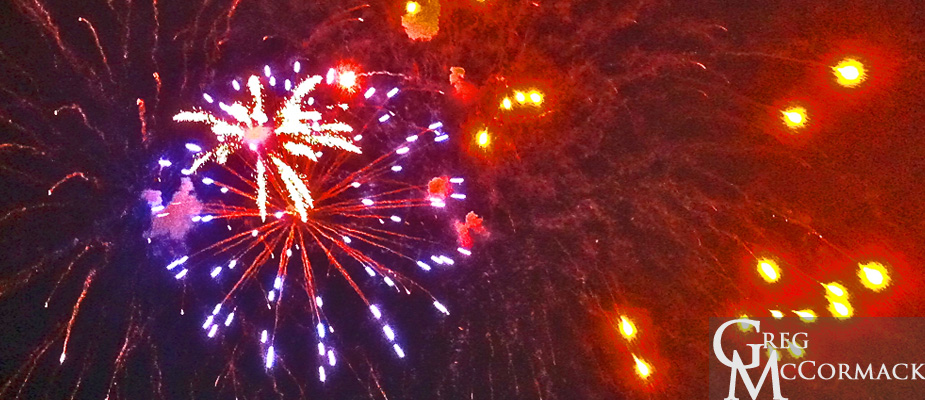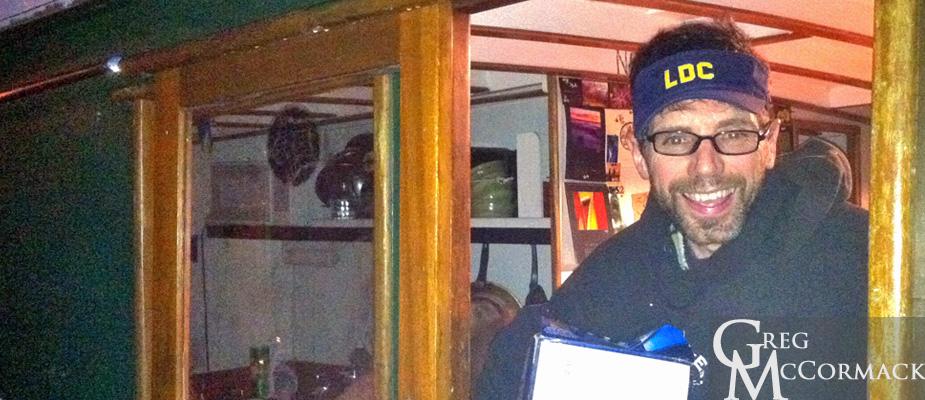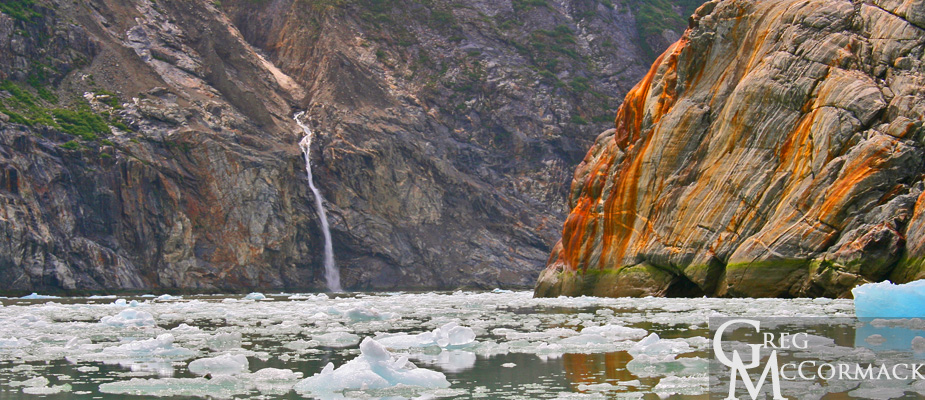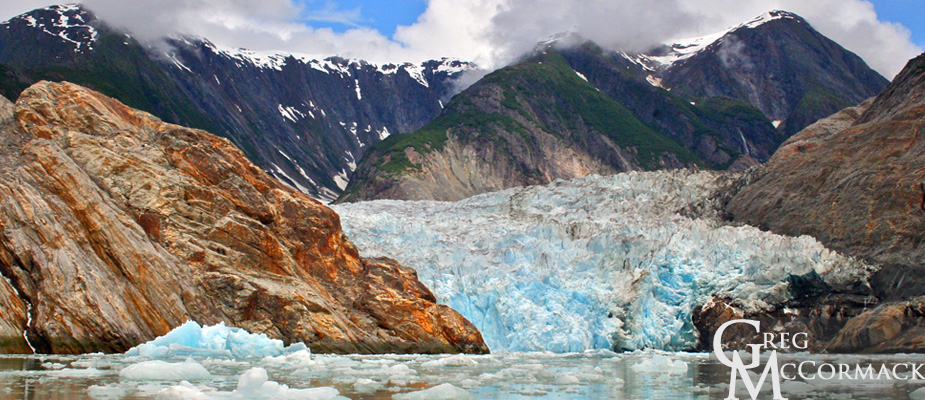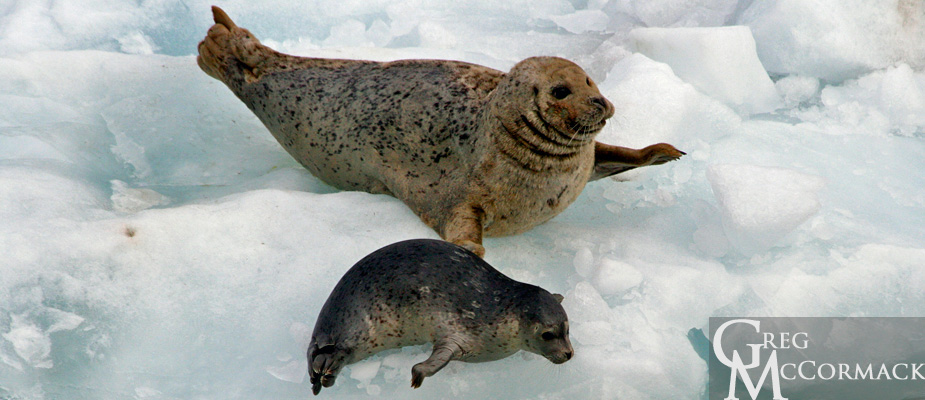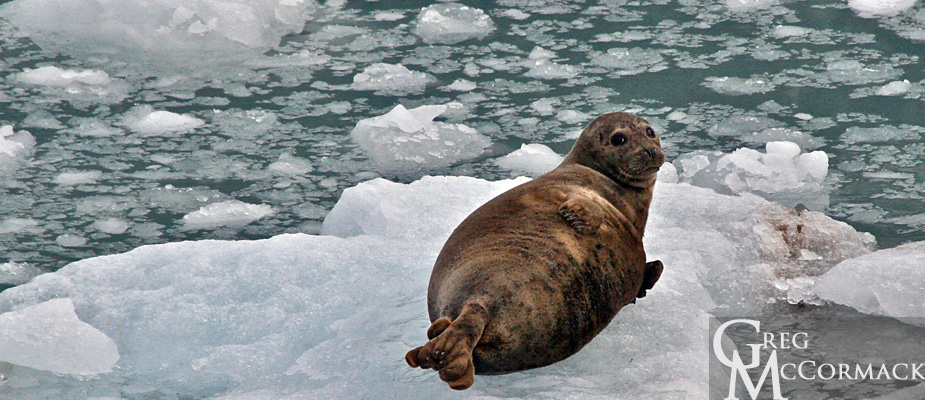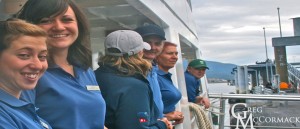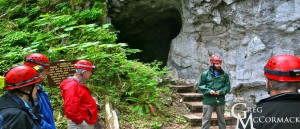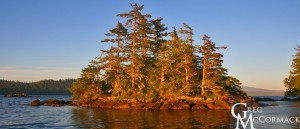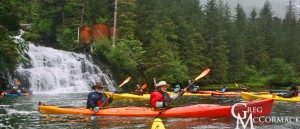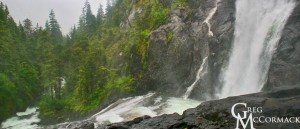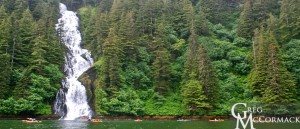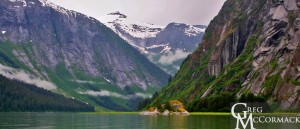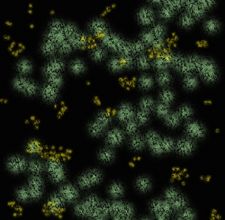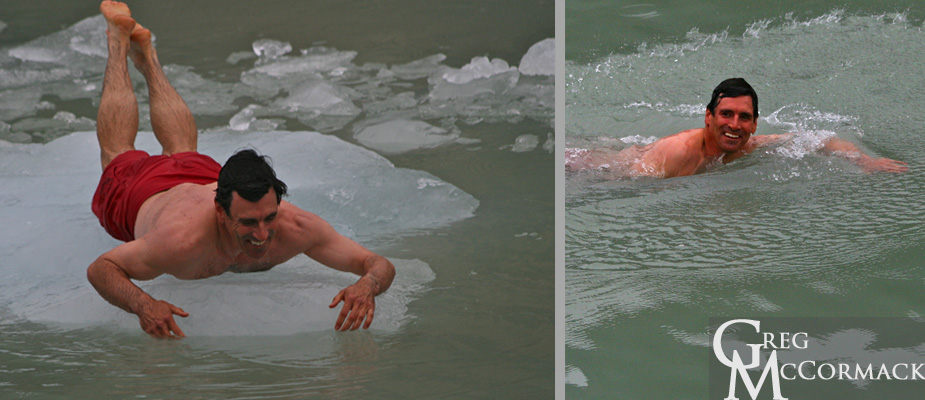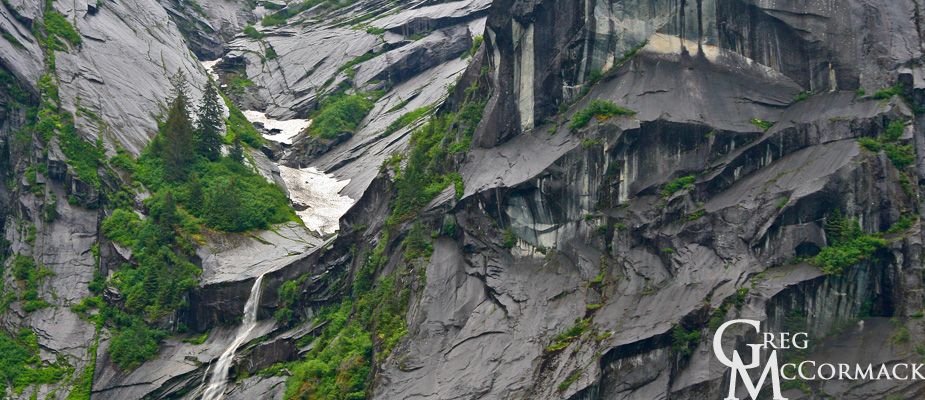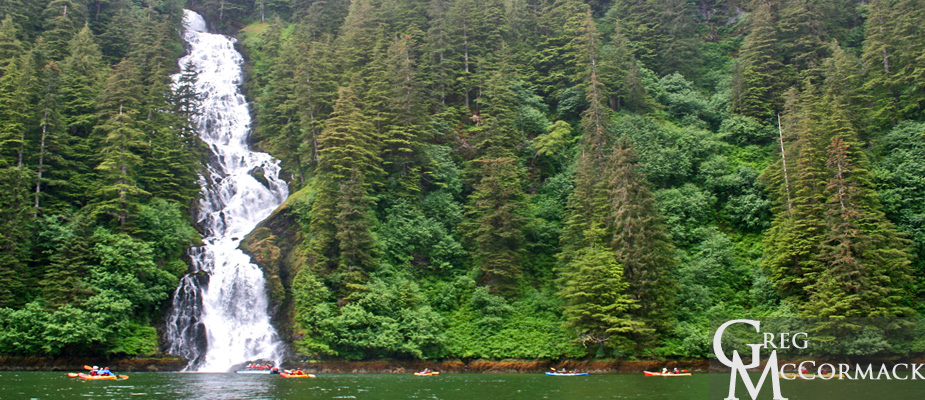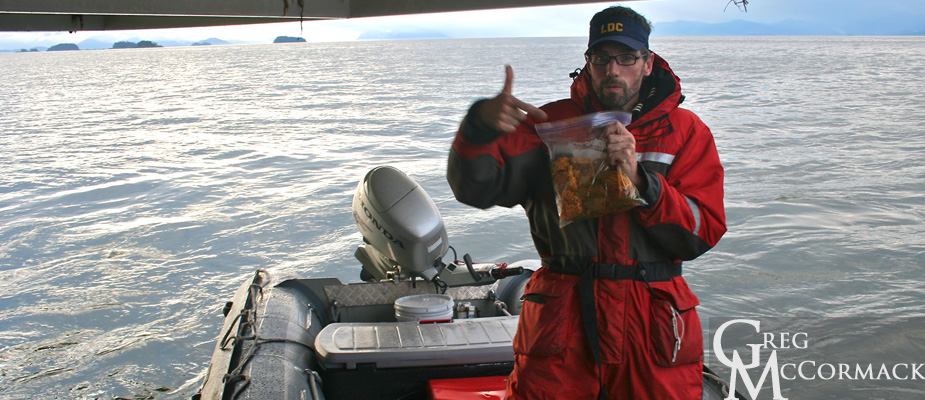where is gmack now? innersea discoveries expedition week 10
It has been an exciting week on the InnerSea Discoveries Expedition Click Links Below to read daily updates from Week 10 of the Trip:
July 2 – July 9, 2011
Saturday | July 2
TURNOVER DAY = SWABBING THE DECKS
Sunday | July 3
GLACIER CALVING, SEALS & WHALES
Monday | July 4
HAPPY 4TH OF JULY, EVERYBODY!
Tuesday | July 5
MOOSE PELLETS
Wednesday | July 6
CHIEF SHAKES LODGE
SNORKELING AND BANJO PLAYING
Friday | July 8
CLAM-EATING BEAR
Saturday | July 9
“WE NEED THE GREGgle APP!”
Friday | July 8
September 14, 2011 by admin
Filed under InnerSea Discoveries
“One of the great dreams of man must be to find someplace between the extremes of civilization and nature where it is possible to live without regret.” –Barry Lopez
We motor into Walker Cove and immediately the kayaks are dropped into the water for an early-morning, one-way kayak up into the tranquil fiord.
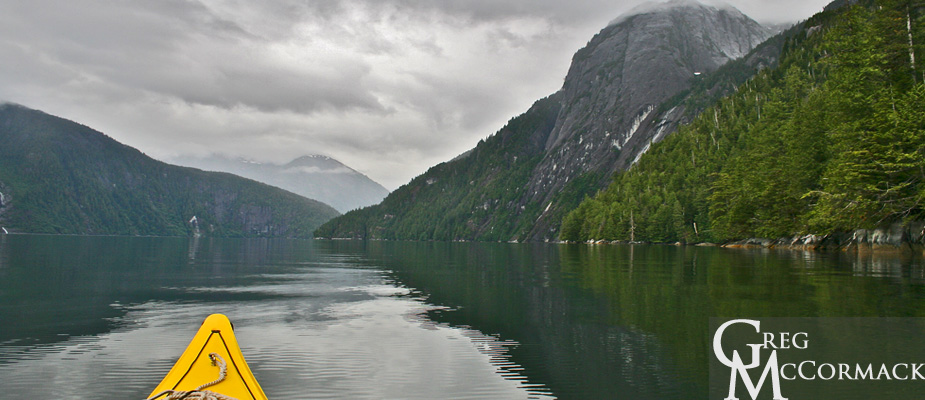
This is as close to a “Yosemite Valley” as you can get, with domes, waterfalls and exfoliated rocks.
I lead half of the kayakers on the east side of the cove beneath the seemingly endless cliffs that drop directly into the deep fiord. We pass many waterfalls and are amazed by trees growing out of the sheer rock faces
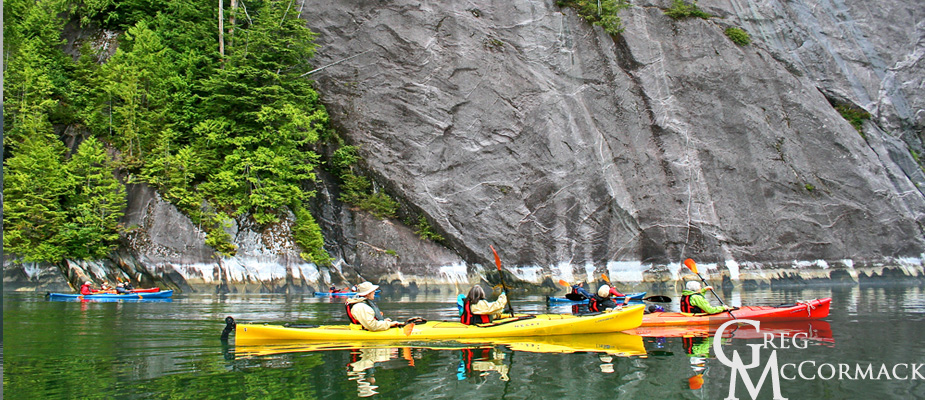 .
.
We enjoy watching an eagle as it preens itself above us. A belly feather slowly descends toward the water. I spin my single Necky kayak to go and catch it, then change my mind and just watch it slowly drop on heavy air toward the sea surface. It reminds me of the ending scene in the movie Forrest Gump, where a feather lifts up out of a book above a school bus and sails to some unknown destination.
Our hard work is rewarded as a brown bear awaits us at the end of our kayak sojourn. at the mouth of a small river.
The old-growth forest here in Misty Fiords National Monument is impressive, with 250-foot tall spruce and hemlock that tower above the estuarine ecosystem.
I had to admit that this looks like the same brown bear that we’ve seen before and that it deserves a big fish dinner from us for showing up again and again during our twice a month visits.
Some folks that had to run to the ship for a visit to the heads came back out and enjoyed watching the bear dig and eat clams in the mudflats.
Wednesday | July 6
September 14, 2011 by admin
Filed under InnerSea Discoveries
“We abuse land because we regard it as a commodity belonging to us. When we see land as a community to which we belong, we may begin to use it with love and respect.” –Aldo Leopold
Onboard the vessel right after breakfast, we have a couple of Tlingit guests give an informal lecture with songs and a “show and tell” session in the lounge.
We learn many fascinating things about the dynamic Tlingit culture that has thrived here for a very long time.
This is followed by excursions to see petroglyphs, a performance at Chief Shakes lodge and jet boat tours up the diverse Stikine River.
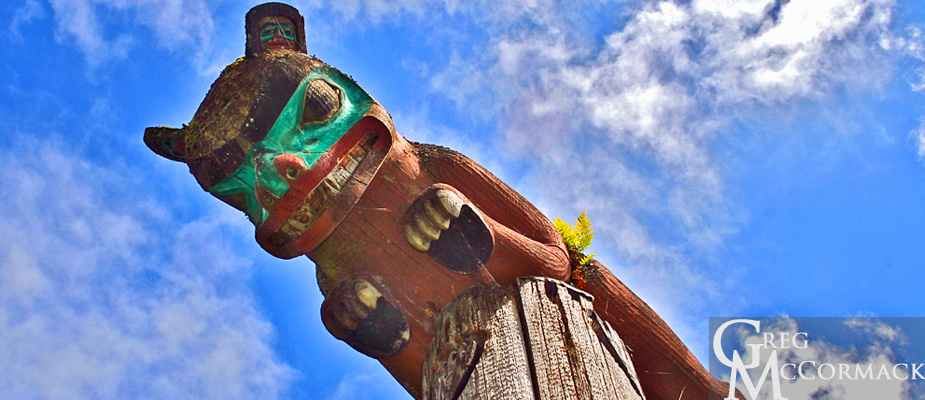
Many folks make the trip to the Nolan Center and purchase natural and cultural history books in the bookstore, among other gift items.
Tuesday | July 5
September 14, 2011 by admin
Filed under InnerSea Discoveries
“O’ Earth, What changes hast thou seen?” –Alfred Lord Tennyson
We offer several activities for guests, including paddle boarding, kayaking and a couple of different hikes, including all-day and half-day hikes. I co-lead a kayak along the lee side of Ruth Island and later a half-day hike up the Patterson River. There are lots of beautiful, verdant plants to point-out to my fellow adventure-seekers.
We see bunchberry dogwood, false lily-of-the-valley, skunk cabbage, salmonberry, several species of fungus and many other herbs, shrubs and trees.
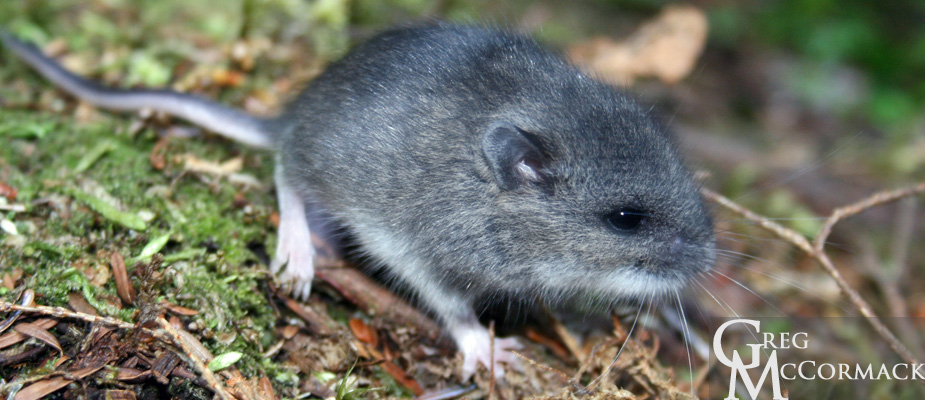
Deer Mouse
Our hike is along ATV trails. We see evidence of old cabins and (hard-to-believe) some dung from cows! Apparently this is not part of Tongass National Forest. Our scatological discovery-of-the-day were moose pellets. I pick-up a hand-full and interpret the fascinating life history of this huge Cervid species: “The moose get quite large, males up to 1600 pounds and females up to 1300 pounds.”
“Moose are herbivorous, feeding on deciduous trees such as willow and birch. Moose will eat as much as 40 pounds of willow leaves in a day, enabling the growth of huge antlers.”
“Antlers are shed in the late fall, early winter. Males are solitary except for the rut. The rut is in the fall. This is when the testosterone in the males is at its peak. Males battle it out for access to females. Subordinate male bulls are sometimes referred to as “sneaker” males for sneaking into a harem while the dominant male is off fighting another male.”
We enjoy the riparian corridor adjacent to the Patterson River. It would take all day to follow the trail up to the Patterson Glacier.
Rumor has it that our company dropped-off several kayaks by helicopter on the lakeshore just a couple of miles from the face of the glacier. One group this summer has made it all the way up with the owner of the company leading the intrepid hikers. It was a strenuous adventure of over 10 miles.
Back aboard the WND, we traverse the famous Wrangell Narrows that separates Mitkof and Kupreanof Islands. Anchorage is just a few miles from Wrangell, which lies near the 17-mile wide delta of the mighty Stikine River.
Monday | July 4th
September 14, 2011 by admin
Filed under InnerSea Discoveries
“The larger the island of knowledge, the longer the shoreline of wonder.” –Ralph W. Sockman
We drop the kayaks early in the morning so that guests can get out before breakfast to paddle. I am reminded of the “meeting of the waters”, a famous spot I’ve seen where the Amazon River meets the Rio Negro in Brazil. It is an area where a very distinct demarcation occurs of clear, beer-colored Rio Negro waters meet the muddy brown waters of the Amazon River.
Here in Thomas Bay, a similar phenomenon exists. The “rock flour” of suspended silt from the Baird Glacier melt-waters is mocha-colored in comparison to the pea-green, plankton-rich waters of nearby Scenic Cove.
Expedition Guide Megan Nelson and I are dropped off a mile below the normal drop-off spot where an earlier group made it just a half-hour earlier. Our small boat drivers blame this on a strong current and very low tide. (At least we aren’t skunked on doing the expedition to the glacier. Our sister ship M/V Wilderness Adventurer could not make it one time this summer due to low tides and katabatic or gravity winds descending off of the glacier.)
The challenges make this a real adventure. At first, the way was difficult, with boot-sucking muds on an extremely low tide with very little elevation profile gain. We finally have it a bit easier as we make it above the mud to a sandy area with a big patch of blooming lupines. We take a group photo and continue another 45 minutes to our normal drop-off spot on the other side of a shallow clear-running stream.
What made this challenging were the 10’s of 1000’s of rounded granitic boulders. Despite the relatively short distance involved, we continued forward because an incoming tide is not a good thing on mud flats in Alaska. Our determined group hiked across the boulder garden stream and continued across moss and lichen gardens to the face of the glacier.
From the snout, we amble onto the ice and continue up a ¼-mile onto the Baird glacier. We snap many photos of the bizarre surface features on the glacier and get a few shots that might potentially be family Christmas photos.
I thoroughly enjoy it when folks are able to endure and enjoy supreme physical challenges. The rewards are great and we hooted and laughed and were bewildered by the mysterious nature of the glacier snout. We see glacier tables, where rocks are suspended on a pedestal of ice. We also see some ice pillars covered with sands and ablation zone crevasses and foliated ice.
Back aboard the ship, we figure Thomas Bay is about a 20-kilometer distance from the Southeast Alaskan town of Petersburg. Our captain and expedition leader decide to make a run to town to see the firework display that takes place at 11 p.m. (when it finally gets dark) at the local high school. We arrive with plenty of time to explore the town.
I meet up with my Alaska Whale Foundation buddy Dr. Fred Sharpe on his boat the R/V Evolution and we play some disc golf on our way up to the high school playing fields. Despite an incessant drizzle, the fireworks show was fabulous and viewers were very happy with the organizers of this 4th of July.
Fred gave one of his prized glow-in-the-dark Frisbee discs to a local on our way back to the ship.
We are all happy for the diversion and get to bed after midnight as the ship makes its way back to Thomas Bay for another full day of adventures on the 5th of July.
Sunday | July 3rd
September 14, 2011 by admin
Filed under InnerSea Discoveries
“Never before this had I been embosomed in scenery so hopelessly beyond description. Tracing shining ways through fjord and sound, past forests and waterfall, islands and mountains and far azure headlands, it seems as if surely we must at length have reached the very paradise of the poets, the abode of the blessed.” –John Muir
At 06:00 the anchor is lifted and the Wilderness Discoverer begins its journey up the 30-mile long Tracy Arm fiord. I like to tell folks that we are all taking a trip back 15,000 years to the Pleistocene Epoch to see what much of the northern latitudes on Earth were like at the southernmost extent of the Wisconsin era glaciation. Basically a person could strap on some skis and continue on ice from Tracy Arm south to present-day Olympia, Washington and head then head east to Cape Cod, Massachusetts.
Tracy Arm—Fords Terror was designated a wilderness area in 1980 with President Jimmy Carter’s passage of the Alaska National Interest Lands Conservation Act (ANILCA). Prior to this it had been designated a National Forest Scenic Area in 1960 and 10 years later a Wilderness Study Area in recognition of the opportunities for solitude and its dramatic beauty.
It was President Lyndon Johnson that signed the Wilderness Act in September of 1964.
It states:
“In order to assure that an increasing population, accompanied by expanding settlement and growing mechanization, does not occupy and modify all areas within the United States and its possessions, leaving no lands designated for preservation and protection in their natural condition, it is hereby declared to be the policy of the Congress to secure for the American people of present and future generations the benefits of an enduring resource of wilderness.”
Everybody seems to appreciate being a visitor to this wilderness as they are out on decks to soak-in the scenery, admire ice-bers and to look for wildlife.
We offer small boat tours. Adventure-seekers enjoy close-up views of the Sawyer Glacier calving ice and the dramatic mountain scenery. I point out the waterfall, located 1.5 miles away from the face of the Sawyer Glacier. When I first started leading folks here in the early to mid-90’s, the glacier was close to this cataract.
People are amazed to see how far it has receded and how much thinning of the glacier has taken place. The barren rock and trim-line of vegetation high up above the recently de-glaciated rubble landscape are reminders of a changing climate.
Harbor seals are spotted on the ice “growlers” or brash ice. Some are seen with pups that were recently born. It takes 6-weeks before pups are weaned off of the mothers milk and are on their own to search for food.
Arctic terns ply the waters, catching schooling fish for their developing young that await in the rock gardens bordering the fiord. Gulls fly back an forth in front of the glacier waiting for the next calving that will churn-up small fish and shrimp for easy-pickings.
Our afternoon and evening is spent looking for and watching whales in Frederick Sound.
Saturday | July 2
September 14, 2011 by admin
Filed under InnerSea Discoveries
“If there is magic on this planet, it is contained in water.” –Loren Eisely
The M/V Wilderness Discoverer lifts anchor and motors north through Gastineau Channel and docks beneath the rising peaks of Mount Roberts and Mount Juneau. All (departing passenger) luggage is taken off of the vessel and carried up the dock ramp to the waiting buses.
A fond farewell takes place between crew and guests as the latter disembark to hug and shake hands with their favorite crew members on the dock. Great memories and sad goodbyes!
The excitement for the morning is when I crashed a fully-loaded, heavy rolling cart on the ramp leading down to the pier. Luckily none of the eggs in the 13-dozen box broke.
Note to self: Do not use a cart that lacks hand brakes when the tide is low. All of the carts but one has a hand brake. Kristen helps me re-load and we get back to transporting stores from truck to ship.
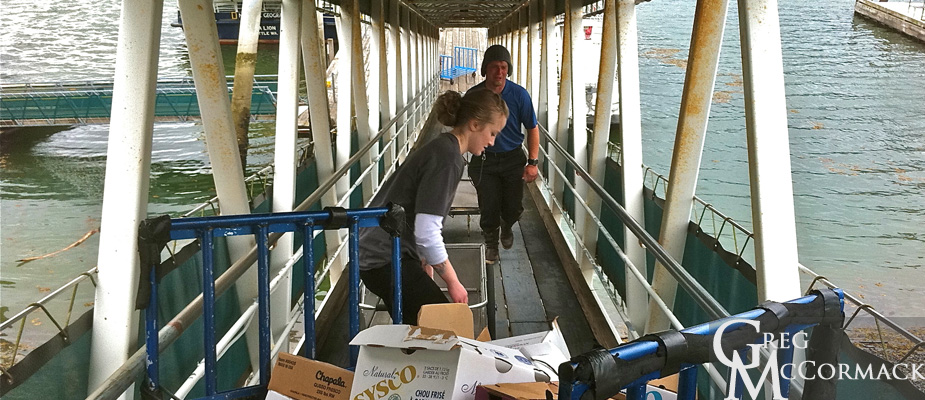
All available hands on the ships crew prepare for a new group of passengers that will board the vessel at 16:30 hours. All decks are swabbed, port holes washed, sheets changed, cabins and heads cleaned, dirty laundry and garbage hauled off ship, and galley stores stowed.
After our welcome aboard orientation meetings with the deck, engineering, hotel and expedition leads, the M/V Wilderness Discoverer pulls away from the Juneau dock and heads south in Gastineau Channel. We spot some Humpback Whales feeding just outside of the Taku Inlet and enjoy the sunset on the outside decks.
Our destination for tomorrow will be the one of three spectacular fiords in the Tracy Arm—Fords Terror Wilderness, about 46 miles south of Juneau. The area encompasses close to 700,000 acres of rugged Coast Range mountains bordering Holkham Bay, the spot where we will be anchoring tonight.
The three dramatic fiords are Endicott Arm, Fords Terror and Tracy Arm, all of which trend west-to-east through the Coast Mountain Range. The three tidewater glaciers drop down from the Stikine Icefield and regularly calve ice bergs into the ocean.
Where is gMack now? InnerSea Discoveries Expedition Week 9
It has been an exciting week on the InnerSea Discoveries Expedition Click Links Below to read daily updates from Week 9 of the Trip:
June 25 – July 1, 2011
Saturday | June 25th
Ketchikan
Sunday | June 26th
El Capitan Passage, Caves and the Oyster Pick-up
Monday | June 27th
Klawock and Sea Otter Sound
Tuesday | June 28th
Little Port Walter
Wednesday | June 29th
Patterson Bay: Scat and Cataracts!
Frederick Sound
Friday | July 1st
The Green Flush and an Ice Swim
Friday | July 1st
September 10, 2011 by admin
Filed under InnerSea Discoveries
The Green Flush and an Ice Swim
Speaking of plankton, I awake and visit the head (bathroom) without turning on the light and shout “Wow” several times, loud enough to awaken my cabin-mate. I couldn’t contain my enthusiasm.
You’ve heard of the green flash? Been there, seen that. You have to see the green flush! I will have to take a picture of it next time I see it. You see, our septic system works on sea water. In just a few liters, you can have tens of thousands of microscopic organisms. On rare occasions, the entire bowl in the head is awash with a blue-green light. When the head is flushed, hundreds of miniature lights sparkle and swirl. It’s as if you are in the beginning of a Star Trek or Star Wars movie with distant stars moving quickly past the camera.
I run out of my room and start inviting my fellow shipmates over to see it, but it sure does take a lot of coaxing to get anyone interested. Perhaps it’s because the area inside our bathrooms are so small…standing in the center with your arms akimbo is all the room you have to maneuver.
What I learned years ago is that the light is caused by a luciferin-luciferace enzymatic reaction, a luminescence of a biological kind, otherwise known as bio-luminescence. If I remember correctly, the organisms that cause this are often Noctiluca, Gymnodinium, Ceratium and Gonyaulax. What’s amazing is that 80% of the organisms that live in the bathy-pelagic or deep water realm of the ocean exhibit some type of bioluminescence in order to attract mates, lure food or just communicate amongst each other.
The M/V Wilderness Discoverer motors into Endicott Arm to the Dawes Glacier. A commotion suddenly erupts at the stern of the vessel. A large group convenes near the swim step for the newest rendition of the Polar Bear Club. I grab a pair of swim trunks, and squeeze my way forward to the platform. I dive in and swim out to the nearest “growler” ice-berg. I climb up, imitate a harbor seal by laying down on the ice and look back at the ship. The water clears out of my ears and I hear all the cheering and invitations to join folks in one of the ships hot tubs. I dive back in and enjoy the sensation of the thirty-something degree Fahrenheit water.
In case you haven’t guessed, I am a pagophilic or ice-loving mammal just like the walruses, seals and whales that inhabit waters in Alaska. I may not have as much blubber, but the feeling of cold water is fabulous, like drinking 20 cups of coffee without having any jitters. A clean, invigorating sensation, for sure!
The other highlight of the day is motoring up Fords Terror, a spectacular fiord that John Muir named “Many Yosemite”.
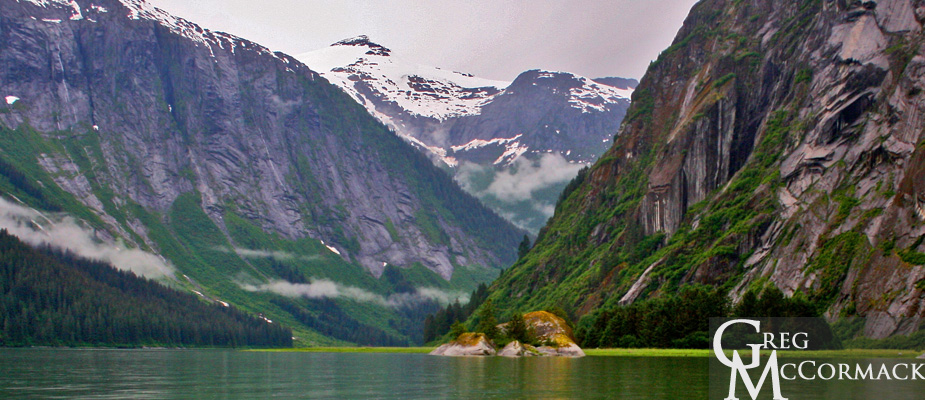
In his book “Travels in Alaska” Muir wrote: “…we found ourselves on a smooth mirror reach between granite walls of the very wildest and most exciting description, surpassing in some ways those of the far-famed Yosemite Valley. We drifted silent and awe-stricken beneath the shadows of the mighty cliffs…a grander array of rocks and waterfalls I have never yet beheld in Alaska…one of my brightest and best of all my Alaska days.”
Small boats are the best way to see so much grandeur in so short a time. Waterfalls were everywhere along with sheer cliffs and outstanding scenery. Fords Terror would be well worth a longer visit, preferably several days via sea kayak.
Thursday | June 30th
September 10, 2011 by admin
Filed under InnerSea Discoveries
Frederick Sound
Last night we motored into this most stunning of bays on Baranof Island. The majority of guests decide to kayak up the fiord to the splendid waterfall that seems to fall out of the sky down a precipice covered in conifers. Just beyond at the head of the bay on about two hundred acres of mudflats and meadows, a grizzly bear feeds on grasses. Kayakers line themselves along the edge of the river opposite the bear. A bald eagle is perched on a stump, providing another photographic opportunity.
What is the difference between a BROWN bear and a GRIZZLY bear, you may ask? They are the same species, Ursus arctos. The coastal grizzly is called a brown bear. It is significantly larger than the interior grizzly bear because of diet and climate.
Salmon are in abundance along the coast of Alaska. Because the waters of the Gulf of Alaska warm the air enough to moderate the temperatures along the coast, brownies can stay active a couple of months longer than the interior grizzlies. The latter have to deal with temperatures that drop well below freezing, triggering the hibernation response.
We spot a brown bear on the flats and kayak upriver a few hundred meters to get a better look. An eagle perched on a beached stump above the mud-flats was a favorite photo-subject for kayakers.
Later in the day, I get on the marine radio and make a call to the Alaska Whale Foundation. I talk with world-renowned humpback whale researcher Dr. Fred Sharpe. He says that he is available to join us for a talk aboard the ship! We meet him in Frederick Sound and he motors over in his small Zodiac. Fred and I have been friends for over 20 years. He answers lots of questions and entertains guests in the lounge with his humor and knowledge.
After just a half-hour, the swells on this inland sea magically disappear and become glass-like. Humpback whales are spotted “around the clock” in all directions from the ships decks. We estimate at least two dozen whales blowing from just a hundred meters to a couple of kilometers away.
Before disembarking, Fred mentions the influx of nutrients and plankton as a result of the persistent winds we had throughout the morning. Frederick Sound is in the middle of a nutrient-rich geographical area. The plankton feed the schooling fish which in turn feed the leviathans.


